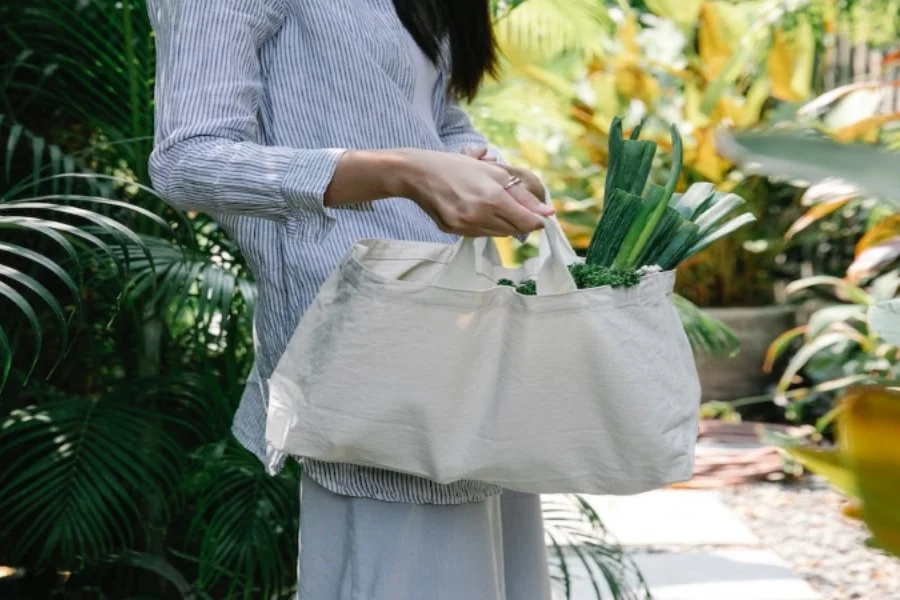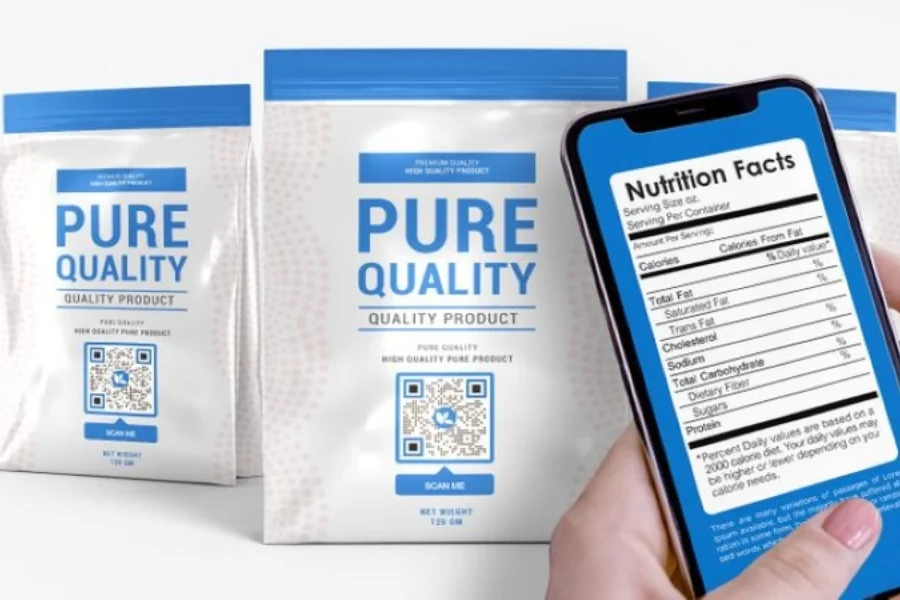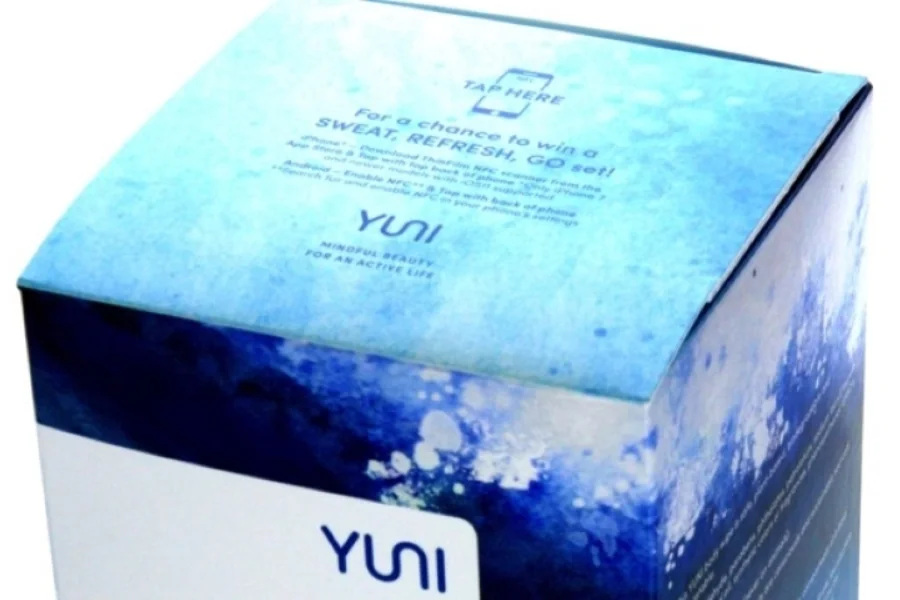Gen Z is one of the largest consumer groups, accounting for 40% of all consumers in 2020. Their estimated annual spending is US$ 143 billion. This generation grew up with technology, the internet, and social media, impacting how they see and respond to branding, including packaging. Their consumption choices are influenced by identity, purpose, and values. This means that businesses in the packaging industry targeting this population must understand their traits and what appeals to them. So read on for how to boost your Gen Z appeal with stylish packaging.
Table of Contents
An overview of the packaging industry
5 compelling packaging trends popular among Gen Zs
Conclusion
An overview of the packaging industry
The global packaging market is projected to grow at a compound annual growth rate (CAGR) of 3.92% from 2022 to 2027, increasing by US$ 223.96 billion. With the increased access to global markets through eCommerce, more companies are packaging their products for domestic and international markets. Other factors driving the packaging market size include:
- Growth of food delivery and takeaway services
- E-commerce transport and shipment
- Increased demand for innovative packaging
- Growth in personal care, household, and health industries.
Gen Z consumers are significantly contributing to this growth in the packaging industry. For instance, research shows 56% are less likely to buy from a retailer whose eCommerce packaging isn’t sustainable and resourceful, while 78% consider the ability to recycle packaging before purchasing. These specific considerations, given Gen Z’s power as a consumer group, force companies to re-innovate their package solutions to appeal to them and increase their competitiveness in the current business environment.
5 compelling packaging trends popular among Gen Zs

Businesses must embrace packaging designs and materials that appeal to younger generations to ensure long-term success. This is because Gen Zs consumption power is rapidly increasing as they continuously join the labor market. For example, Business Insider estimated their spending power exceeded US$ 360 billion in disposable income in 2022.
The US Bureau of Labor Statistics and Gen Z Planet estimated that this group generated approximately US$ 229 billion in annual wages through full-time employment, US$ 70 billion from part-time jobs, US$ 57 billion in allowances, and US$ 40 billion from side gigs. Brands, marketers, and retailers cannot afford to ignore these figures and must embrace innovative solutions aligned with Gen Z’s needs and expectations, including packaging.
Below are five packaging trends popular among Gen Zs that businesses can leverage for better targeting:
Sustainable packaging

Gen Zs prefer sustainable packaging made of eco-friendly, recyclable materials, thus making sustainability a significant determinant of their shopping decisions. For instance, a study found that 78% of Gen Zs consider recyclable packaging, while 73% consider reusable packaging necessary when purchasing. Similarly, Entrepreneur India found that this consumer group prefers clean packaging since it reduces environmental footprint and guarantees an ethical, environmentally-friendly product experience. As a result, brands must evaluate how their packaging affects the environment, whether the sourcing is sustainable and complies with issues such as human rights protection, and find alternative packaging solutions with a lower social and environmental footprint but do not increase costs.
Packaging transparency

Traditional marketing communication was one-way through advertising strategies such as commercials, radio and magazine ads, and billboards. However, the internet has transformed this into two-way communication, empowering Gen Zs to speak out when brands don’t uphold their values. This population group expects brands to share more information and communicate about their business practices, including packaging. Thus, they use social media and leverage digital technologies to scrutinize and research brands’ packaging practices before making decisions.
Personalized packaging

Gen Zs purchase from brands that recognize them as individuals instead of a collective group. They also demand one-to-one relationships with the companies they purchase from and desire a personalized experience with custom packaging that considers their unique interests and anticipates their needs. An example of such a customized experience through packaging is Coca-Cola’s “Share a Coke” campaign that features peoples’ names on cans and bottles.
Connected packaging

The demand for higher engagement and personalized experiences among Gen Z consumers is driving the integration of the Internet of Things (IoT) in packaging, leading to the growth of connected packaging. Brands are leveraging this technology to deliver an advanced, interactive experience that appeals to this digitally-savvy population.
An example of a connected packaging case study is YUNI Beauty’s NFC technology integrated into some of its hero products. It allows customers to tap on the packaging using their smartphones, which takes them to its app portal. While on the portal, customers can watch videos, get tips on how to apply its products, and learn about the YUNI brand story.
Minimalist packaging

Gen Zs prefer minimalist packaging designs. In a world characterized by information overload, younger generations are looking for plain-spoken, eco-sensitive brands focused on simple and natural ingredients. They prefer simple designs that clearly show a company’s values and convey impactful messages that resonate with them. This minimalist trend means that brands targeting this population should embrace simplicity, deliver quality products, and align their brand values and activities with their perception of the world and attitude toward social issues.
Conclusion
Gen Z consumers are more tech-savvy, educated, and diverse than other generations. They aim to engage with companies that prioritize building relationships, addressing social issues, and upholding their brand values. Integrating trends such as personalization, transparency, sustainability, and minimalism into connected packaging can appeal to this generation. As a result, any brand aiming to attract Gen Z consumers must embrace packaging designs that align with these characteristics and expectations.




